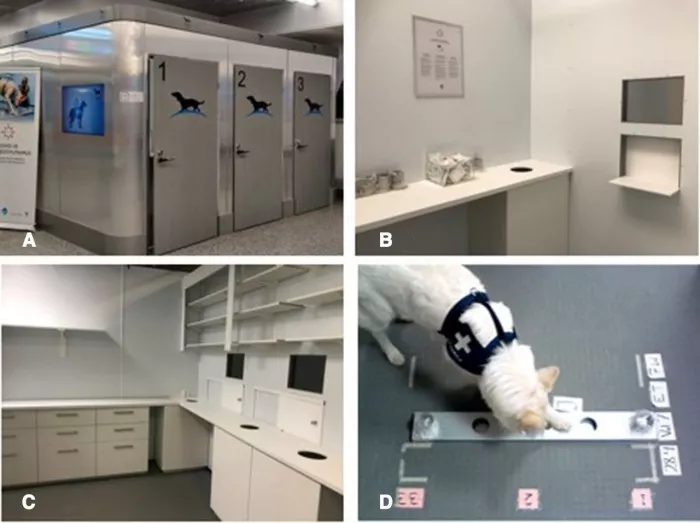According to new atlas, after the covid-19 pandemic began, researchers began to analyze whether dogs can be used to sniff out patients infected with covid-19. Now, a new study published in the journal BMJ global health reports a powerful practical investigation into this new virus detection method and finds that it may be effective, at least in detecting covid negative people**

Although there was only sporadic evidence from studies in the laboratory environment, covid sniffer dogs were commercially deployed within months of the emergence of sars-cov-2. It is reported that Metallica and other bands use these animals backstage to maintain the protection "foam" and constantly look for infected people.
The new study reports a long-term real-world test to investigate the accuracy of covid sniffer dogs at airports. The airport experiment spans six months, spanning the end of 2020 and 2021.
Of the 303 passengers tested in the study, 296 (98%) matched the PCR and sniffing results. This is certainly an impressive result. However, only 3 of 303 cases were found to be positive for sars-cov-2 PCR, and the dog missed all three cases.
The follow-up PCR detection of the three positive cases found that only one case was truly infectious positive, while the other two were either false negative or in the post infection stage. Therefore, in fact, of the 303 cases studied at the airport, only one was truly symptomatic positive, and they were missed by covid sniffer dogs.
However, the researchers continued to provide covid positive samples to the dogs throughout the study to maintain their skills. During the whole study, 155 covid positive samples were effectively detected by police dogs.
This means that researchers generally believe that these dogs have high accuracy in detecting covid negative people. However, due to the low prevalence of covid positive cases in the study, the researchers were unable to assess the ability of dogs to catch those infected with sars-cov-2.
"In our low prevalence real-life environment, the performance of identifying negative samples is very good (98.7%). Unfortunately, due to the small number of confirmed positive cases, the accuracy of positive samples cannot be reliably evaluated. However, the special analysis also calculated positive swabs and showed that the performance of detecting positive samples in real-life is 98.5%," the researchers wrote in the research report
An interesting side note in this study is that the PCR positive infectious case missed by the dog turned out to be a case of the alpha variant of sars-cov-2. The researchers pointed out that these dogs were trained to detect the original type of coronavirus. The odor characteristics of the subsequent variants may be different from the original sars-cov-2, which means that police dogs need to be retrained to target any virus variant circulating at any particular time.
Finally, the study reminds people that there may be a considerable gap between testing dogs' olfactory ability in a laboratory environment and transforming them into a real-world environment, such as an airport. In this case, the study reported that in the laboratory environment, these dogs were 90% effective in distinguishing between covid positive and negative samples, but in the real world, in the case of low incidence, these animals may not be accurate.
The researchers point out that their findings highlight the potential need to constantly retrain dogs to target specific virus variants. In addition, these dogs may come in handy when large-scale rapid screening of large populations is required and other forms of rapid testing are insufficient or unavailable.
The new study was published in BMJ global health 》In the magazine.